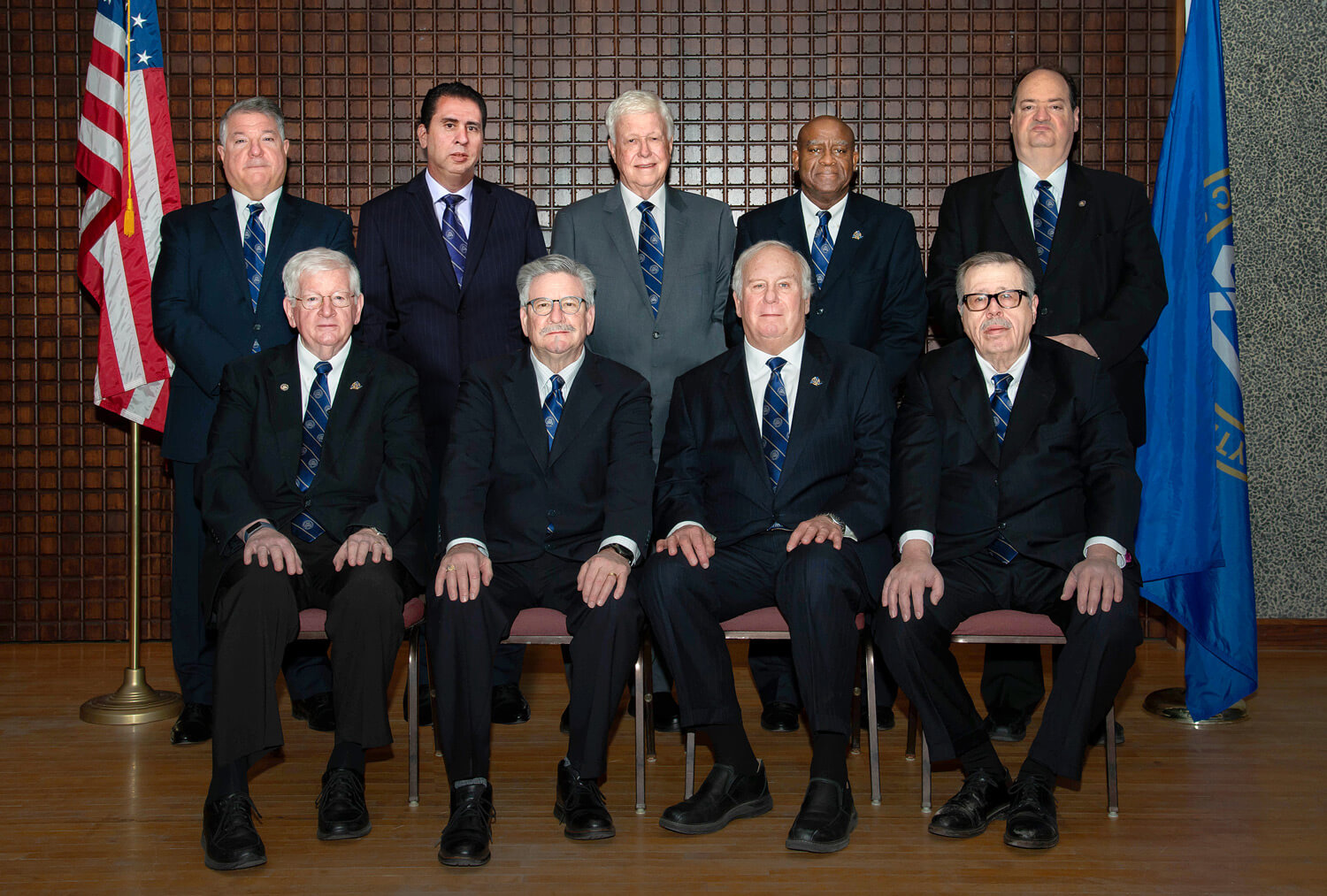Why You Should Embark on the Journey to Join Freemasonin Modern Times
Why You Should Embark on the Journey to Join Freemasonin Modern Times
Blog Article
Checking Out the Mysteries of the Freemason: What You Required to Know
The Freemason, a term usually shrouded in intrigue and dispute, stands for an intricate tapestry of historic reality and modern-day misconception. Established in the late 18th century, this secret society was at first rooted in the Enlightenment's suitables however has actually considering that ended up being identified with conspiracy theory concepts regarding elite control.
Origins of the Freemason
The beginnings of the Freemason are soaked in a blend of historical intrigue and ideological fervor. Established in 1776 in Ingolstadt, Bavaria, by Adam Weishaupt, the team was initially created as a secret society intended at advertising Knowledge suitables such as reason, secularism, and the splitting up of church and state. Weishaupt, a teacher of canon legislation, sought to challenge the dominating authority of the church and state, which he considered as overbearing organizations stifling intellectual and personal freedom.
The Freemason looked for to hire prominent participants from different social industries, consisting of national politics, academic community, and the arts, to foster a network dedicated to these Knowledge principles. The culture operated under a veil of privacy, utilizing coded language and routines to safeguard its participants from oppression, specifically given the repressive environment of the moment. The Freemason encountered significant opposition from both governmental authorities and spiritual establishments, which watched the team as a hazard to their power.
Trick Figures and Participants
That were the crucial figures that shaped the Freemason's very early influence and direction? The Bavarian Freemason, established in 1776 by Adam Weishaupt, arised as a reaction to the overbearing societal structures of the moment. how to become a freemason. Weishaupt, a legislation teacher, envisioned the company as a way to promote Knowledge suitables such as factor, secularism, and equal rights. His first employment initiatives consisted of prominent pundits, such as Baron von Knigge, that played a vital duty in increasing the team's subscription and organizational framework.
An additional considerable figure was Johann Gottlieb Fichte, a popular philosopher whose concepts on nationalism and education and learning resonated with the Freemason's goals. Fichte was not a formal participant, his thoughtful bases influenced the team's belief. Additionally, numbers like the author and philosopher Johann Wolfgang von Goethe were related to the more comprehensive intellectual motions of the time, although their straight involvement with the Freemason continues to be disputed.
These key figures added to the Freemason's early instructions, pushing the borders of political and social thought, while their cumulative efforts intended to challenge established standards and foster an environment of progressive modification in Europe.
Misconceptions vs. Truth
Numerous misconceptions border the Freemason, frequently mixing fact with fiction in a method that covers its true nature. This secret culture, originally established in look what i found 1776 in Bavaria, intended to promote Knowledge ideals and battle religious and political injustice. The idea that the Freemason remains to put in substantial influence over world events is a myth. While the team did exist, it was disbanded in the late 18th century and has not run as a cohesive entity since after that.
Another prevalent misconception is that the Freemason consists of a network of elite individuals manipulating international events. In truth, numerous conspiracy theory concepts overemphasize the team's importance, connecting misguided intentions to societal patterns and occasions. This has actually brought about an oversimplified view of complex problems.

Modern Analyses
Contemporary analyses of the Freemason often reflect broader societal stress and anxieties and an attraction with privacy and power. This modern-day lens regularly links the Freemason with conspiracy theory concepts that recommend a hidden elite orchestrates world occasions, manipulating governments and economies for their own gain. Such stories touch into a deep-seated mistrust of authority, especially in times of dilemma or social upheaval.

Additionally, some contemporary interpretations frame the Freemason as a metaphor for the complexities of globalization and the interconnectedness of influential people and organizations. This point of view motivates an important assessment of how power dynamics operate in today's globe, highlighting the equilibrium between transparency and secrecy in administration and company practices.
Social Effect and Heritage
Influenced by centuries of intrigue, the social effect and tradition of the Freemason extend much beyond its historic origins. This secret society, developed in the late 18th century, has actually permeated different elements of pop culture, from literary works and movie to songs and art. best site The concept of the Freemason has actually progressed into a symbol of conspiracy theory theories, usually standing for a regarded covert power manipulating international events.
In literary works, authors like Dan Brown have woven the Freemason right into elaborate stories, fascinating readers with motifs of secrecy and power. Movies such as "National Treasure" and "The Da Vinci Code" further bolster the allure of the culture, blending reality with fiction to create interesting narratives.
The Freemason's impact likewise expands into songs, with artists referencing the company to evoke motifs of rebellion and social critique. This representation has added to an attraction with the idea of private groups regulating the levers of power, showing social stress and anxieties concerning authority and transparency.
Eventually, the Freemason's heritage is a complex tapestry of misconception and reality, shaping assumptions of secrecy and control in contemporary discussion. Its enduring existence in culture underscores humankind's perennial mission for recognizing surprise truths.
Conclusion
The exploration of the Freemason reveals an intricate interplay between historical realities and modern myth-making. Established in the Knowledge era, this society aimed to challenge oppressive frameworks, yet its legacy has been eclipsed by conspiracy theory concepts that recommend elite manipulation. Understanding the differences in between the original ideals and contemporary interpretations is crucial for understanding the enduring fascination with the Freemason and its considerable impact on social stories bordering power and privacy in culture.
Report this page